The Japanese macaque, also known as the snow monkey, is one of Japan’s most iconic wildlife species. These primates are notable for their thick fur, which helps them survive in cold climates, especially in northern regions and mountainous areas. They are famously known for their behaviour of bathing in hot springs, a cultural adaptation that has fascinated researchers and tourists alike. Energetic and social, Japanese macaques have complex social structures and communicate through a variety of vocalizations, facial expressions, and gestures.
Red-Crowned Crane

The red-crowned crane is a symbol of longevity and good fortune in Japanese culture. Known for its striking appearance, with a vibrant red crown and elegant white feathers, this bird is one of the rarest crane species in the world. Red-crowned cranes are often spotted in the wetlands of Hokkaido, where they engage in elaborate courtship dances. Conservation efforts have been crucial in preserving their habitat, as they are classified as endangered due to habitat loss and human encroachment.
Sika Deer
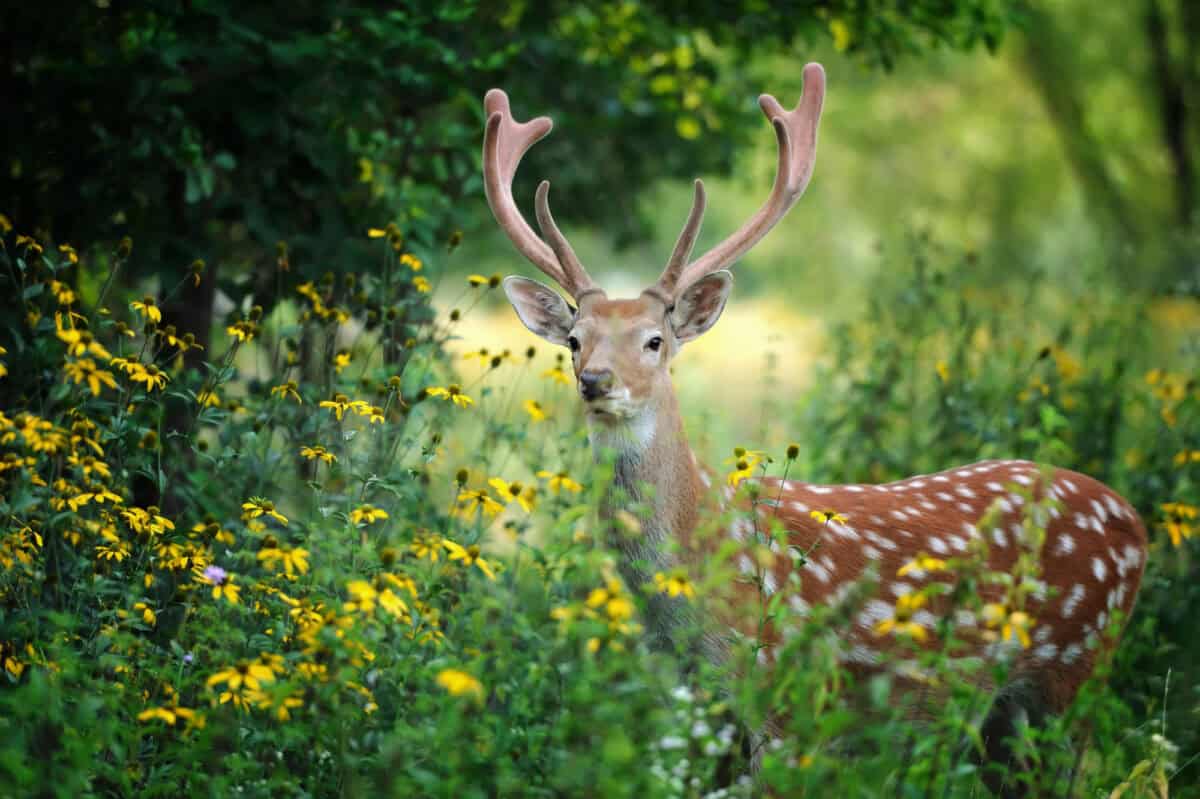
Sika deer, also known as Japanese deer, are widespread throughout Japan. They are particularly associated with Nara Park, where they freely roam and have become beloved by locals and tourists. Known for their impressive antlers and gentle demeanour, sika deer have a cultural significance in the Shinto religion as messengers of the gods. While they inhabit forests and mountains, their adaptability has allowed them to thrive in urban environments, prompting careful management to balance their populations.
Japanese Giant Salamander
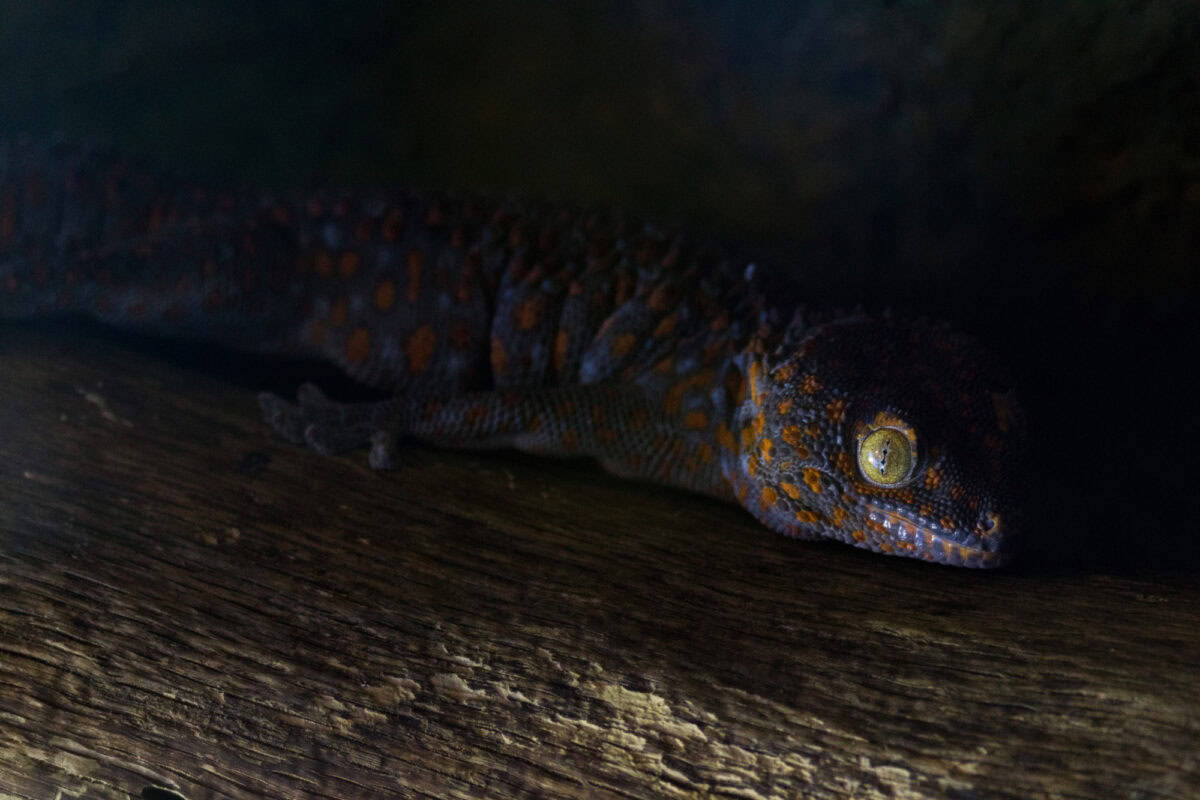
The Japanese giant salamander is one of the largest amphibians in the world, reaching lengths of up to 1.5 meters. This nocturnal creature resides in clear, fast-flowing streams in Japan’s mountainous regions. Despite its size, it is a master of stealth and uses its camouflaged skin to blend into its surroundings. The species is considered a living fossil, having changed little over millions of years. Conservation efforts focus on protecting their freshwater habitats from pollution and disruption caused by human activity.
Amami Rabbit

Endemic to the Amami Islands in the Ryukyu archipelago, the Amami rabbit is a unique, primitive species that dates back to ancient times. Known for its short ears and toes, which resemble those of an ancient rabbit, it primarily inhabits densely forested areas. Due to habitat loss and predation by introduced species, the Amami rabbit is classified as endangered. Conservation measures include habitat restoration and controlling invasive predators to ensure the survival of this rare species.
Japanese Serow
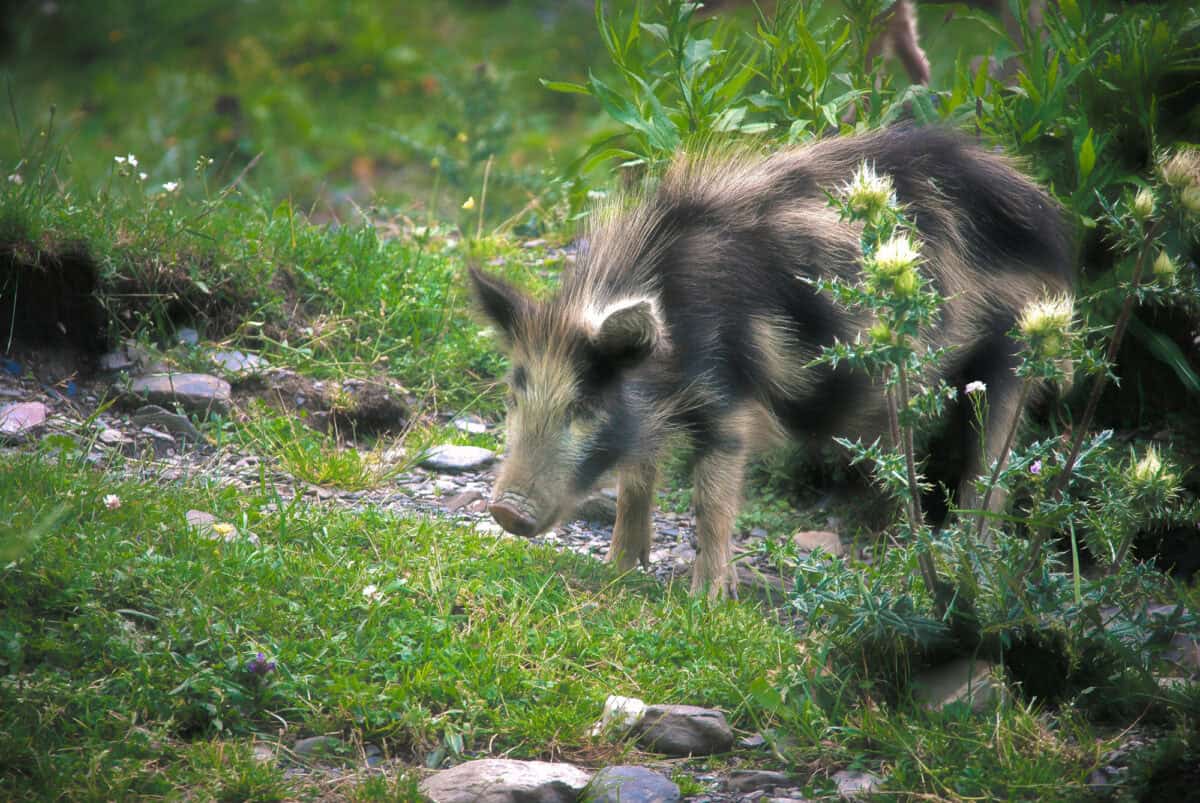
The Japanese serow is a goat-antelope species native to the mountainous forests of Japan’s central and northern regions. This solitary animal is characterized by its bushy fur and distinctive triangular face. Japanese serows are adept climbers, navigating steep and rocky terrains with ease. They have earned the status of a national living treasure due to their unique evolutionary lineage and cultural importance in Japan. Conservation efforts focus on maintaining their natural habitats to support their populations.
Wild Boar

Wild boars are widespread across Japan, adapted to a variety of environments from dense forests to rural areas. Known for their bristly hair and tusked snouts, they play an important role in their ecosystems as seed dispersers and soil aerators. However, their populations can become problematic in agricultural areas, leading to crop damage. Therefore, wildlife management strategies include monitoring boar populations and implementing control measures to minimize human-wildlife conflicts.
Blakiston’s Fish Owl
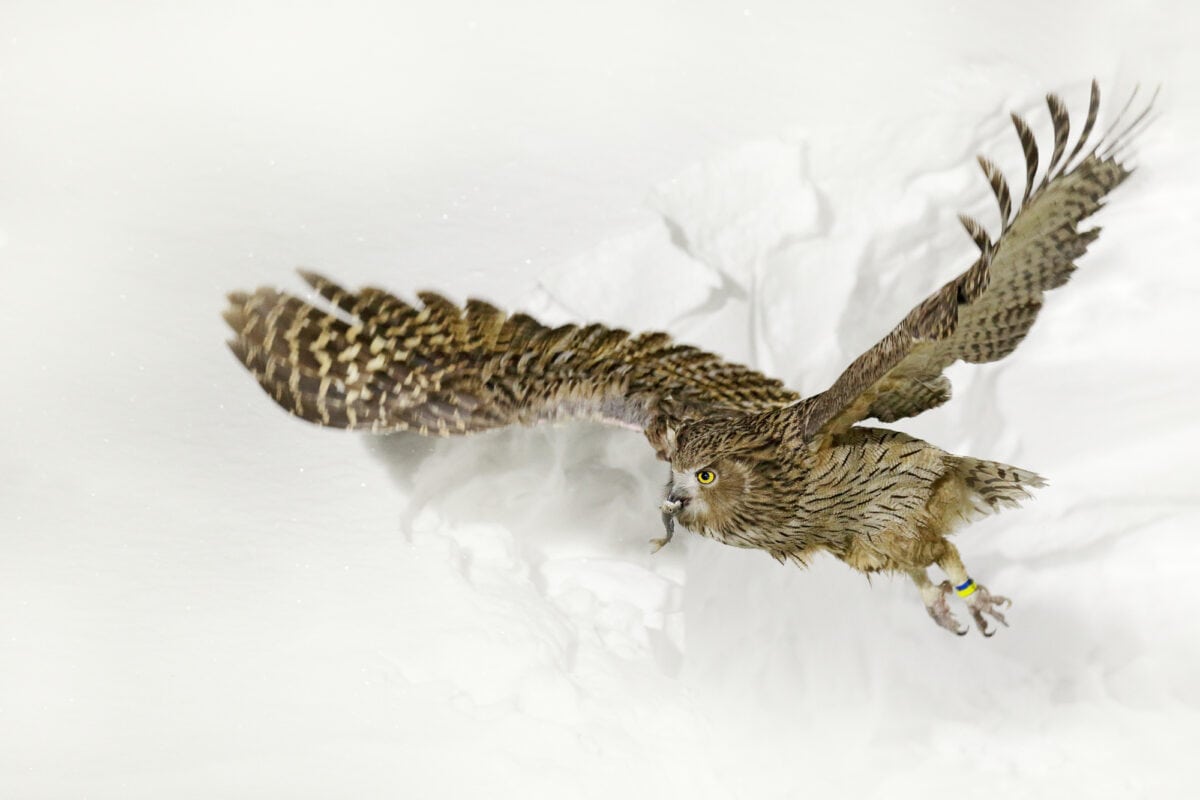
Blakiston’s fish owl is the largest owl species in the world, inhabiting the dense, old-growth forests of Hokkaido and northern Honshu. This nocturnal predator is known for its reliance on river ecosystems for food, primarily feasting on fish and small mammals. Due to habitat degradation and fragmentation, their populations have declined, leading to their classification as a vulnerable species. Conservation initiatives are important for their protection, focusing on preserving their riparian habitats.
Japanese Weasel
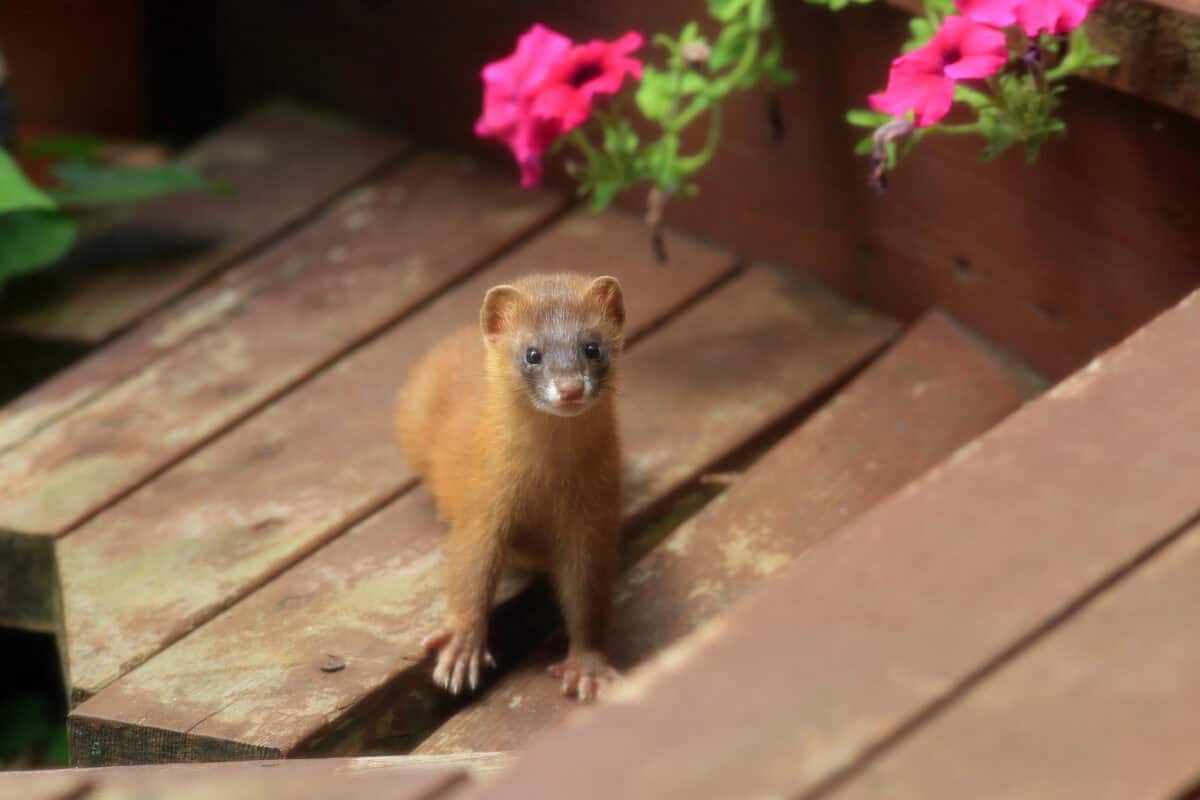
The Japanese weasel is a small carnivorous mammal that inhabits forests, farmlands, and suburban areas in Japan. With its reddish-brown fur and agile movements, it is an adept hunter, preying on small mammals, birds, and insects. Japanese weasels play a crucial ecological role in controlling pest populations. However, habitat loss and competition with introduced species, such as the Siberian weasel, pose threats to their survival. Efforts are being made to conserve their natural habitats and ensure ecological balance.
Japanese Pond Turtle

The Japanese pond turtle, also known as the Japanese black turtle, inhabits freshwater environments like rivers, ponds, and marshes across Japan. Its dark brown or black shell distinguishes this medium-sized turtle and its preference for still or slow-moving waters. While once common, their numbers are declining due to habitat destruction, pollution, and the pet trade. Conservation efforts aim to protect their aquatic habitats and regulate the capture and trade of these turtles to prevent further declines.
- 13 Animals That Outsmart Their Predators - August 9, 2025
- Why Some Frogs Glow in the Dark and What It Means - August 9, 2025
- The Most Powerful Hurricane to Ever Hit US Shores - August 9, 2025

